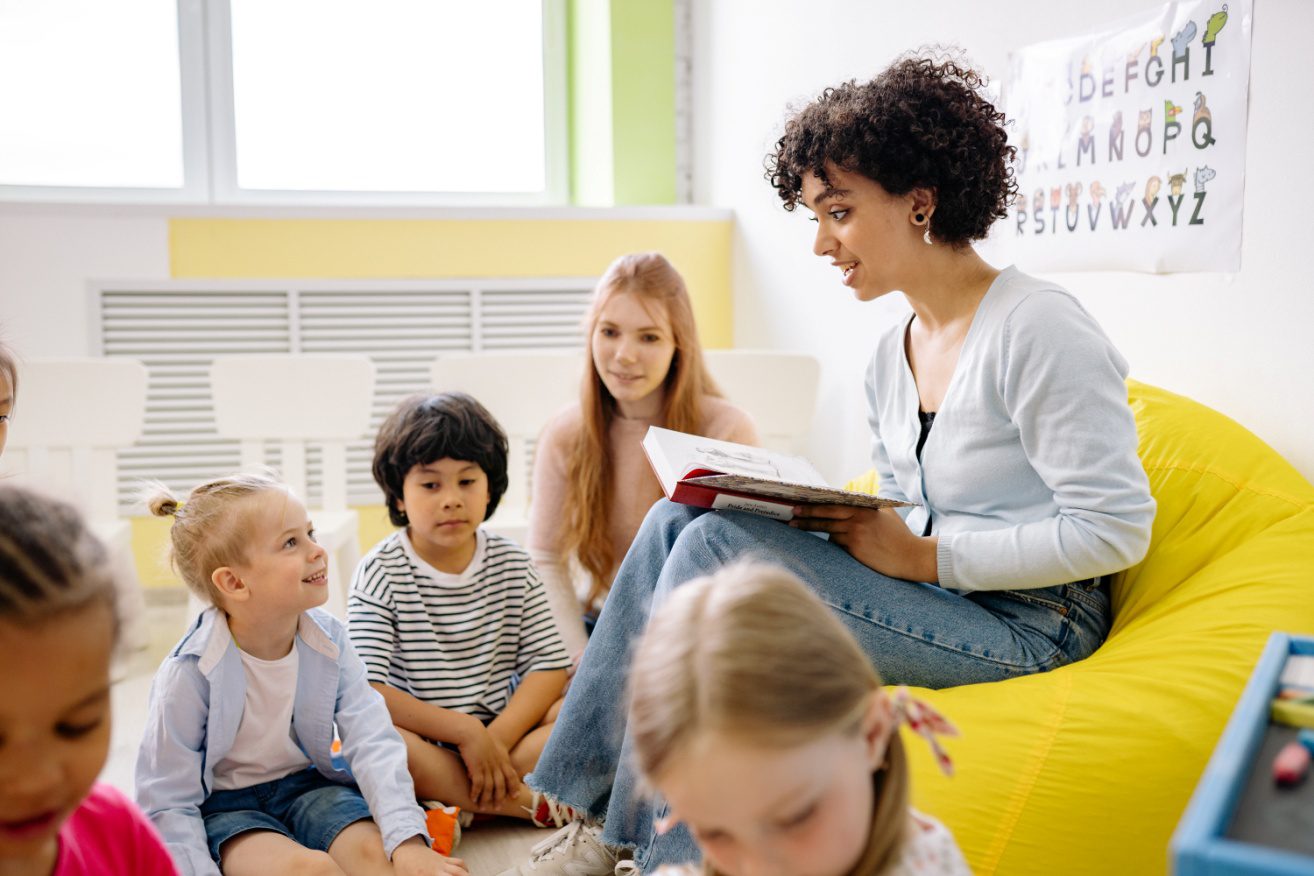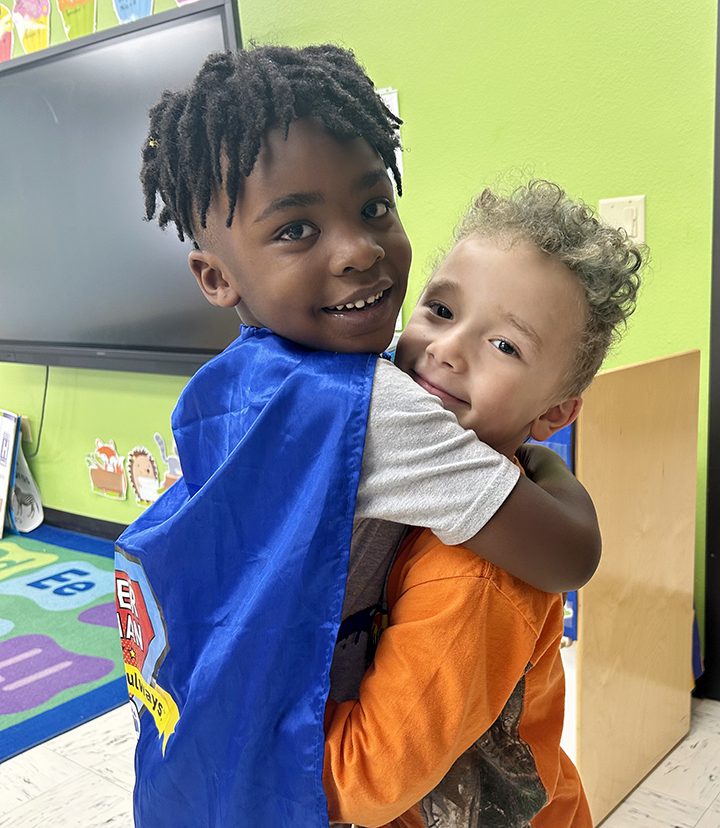Victims of abuse: 4 Ways proper SEL education helps children cope with trauma
July 12, 2022
Abuse and neglect often have a multitude of consequences on children’s emotional and physical well-being. Despite this, the World Health Organization reports that nearly 3 in 4 children worldwide suffer maltreatment at the hands of their parents and caregivers. On top of that, a child who suffers trauma is more likely to abuse others as an adult.
It is, therefore, necessary to break this cycle of violence as early as possible.
In this regard, Social-emotional Learning (SEL) is a valuable tool for educators.
 SEL is a process that guides children in developing self-awareness, empathy, and self-control-skills that help them thrive in difficult circumstances. In SEL, there’s an empathetic feedback mechanism between the educational staff and students. Maryville University research reinforces how educators and counselors play a critical role in protecting child welfare, especially those that have gone through abuse and experienced trauma. SEL helps educators build a relationship with students – showing them sensitivity and compassion while enhancing the resiliency of these children.
SEL is a process that guides children in developing self-awareness, empathy, and self-control-skills that help them thrive in difficult circumstances. In SEL, there’s an empathetic feedback mechanism between the educational staff and students. Maryville University research reinforces how educators and counselors play a critical role in protecting child welfare, especially those that have gone through abuse and experienced trauma. SEL helps educators build a relationship with students – showing them sensitivity and compassion while enhancing the resiliency of these children.
Being in a position to maintain a supportive environment, here are four ways educators can use SEL methods to help children cope with their trauma:
1. Create reliable routines
Having a place where children dealing with trauma can feel safe contributes significantly to their welfare. This can be done by establishing predictable routines that create a sense of safety and minimize feelings of fear.
Having consistent and reliable structures in place can help teachers direct their students’ focus on learning. Experienced educational consultant Lainie Rowell suggests three SEL practices that can be included in daily classroom routines:
- welcoming and inclusive activities
- collaborative strategies
- optimistic closures.
These tasks need not be complex-they could be as simple as wellness check-ins, mindful breathing exercises, or gratitude statements.
2. Teach children to manage their emotions
Trauma-induced behaviors can be brought by children to school and can affect their learning ability – and others. By teaching children techniques to regulate their emotions and increase their self-awareness, these  behaviors can be curtailed and, in the process, create positive impacts on their mental health.
behaviors can be curtailed and, in the process, create positive impacts on their mental health.
In our blog post on Mental Health Day Awareness, we listed a couple of techniques that educators can teach their students to help them muddle through anxiety-inducing or stressful situations. Some of these practices can be done at home or in private, such as breathing exercises or Tai Chi routines, listening to music, or making time for personal hobbies.
3. Increase their social awareness and empathy
Empathy is an excellent skill to develop at an early age. But for children who have a history of abuse and trauma, it can be difficult to show empathy.  This is understandable, especially when they have experienced a lot of negative emotions and have not been at the receiving end of much empathy from adults at home.
This is understandable, especially when they have experienced a lot of negative emotions and have not been at the receiving end of much empathy from adults at home.
Once children know how to manage their own emotions, teachers can step in and teach them how to recognize other people’s feelings. This can be done within their immediate classroom circle, or through movies, TV shows, books, and other media that highlight positive and negative emotions.
Educators should lead by example in exercising empathy. According to leadership expert and author Tim Elmore, having adult figures that lead with empathy can build resilience among the youth and build hope during trying times.
4. Reinforce positive behaviors
Practicing positive reinforcement has tangible benefits in improving students’ attitudes and helping them create responsible decisions on their own. Giving students timely feedback and creating an effective rewards system can foster an encouraging learning environment.
Children of trauma  can have difficulty with a rewards and award system of reinforcement, but if done with care, they will gain self-worth and learn how to feel valued.
can have difficulty with a rewards and award system of reinforcement, but if done with care, they will gain self-worth and learn how to feel valued.
To reinforce positive behaviors, educators and other staff can give both verbal and non-verbal praises, use tangible tools such as rewards charts, or give privileges such as extra activities or free time. By doing so, educators can draw attention to students’ strengths and help them unlearn the attitudes that stem from their history of trauma.
Trauma can have debilitating effects on a child’s long-term development. Fortunately, educators and counselors are in a position to intervene by utilizing SEL education to guide these children towards their healing.
By Alicia Frederick
Article written for the exclusive use of Respectfulways.com
Respectful Ways offers trauma-informed social-emotional learning curriculum for three grade groups: PreK-2, 3-5, and 6-12 students using interactive, digital modules on compassion, perseverance, respect and responsibility.
This entry was posted in Blogs, SEL News and tagged abuse, children, education, sel, trauma. Bookmark the permalink.


 Our 1st graders loved the Be Kind: It Feels Good course. The Kindness Hunt and bucket filling activities were the best. Very engaging.
Our 1st graders loved the Be Kind: It Feels Good course. The Kindness Hunt and bucket filling activities were the best. Very engaging. The Bored, Get Creative module was perfect for our 4th graders pre-winter break. We talked about things they could do if “bored”.
The Bored, Get Creative module was perfect for our 4th graders pre-winter break. We talked about things they could do if “bored”.